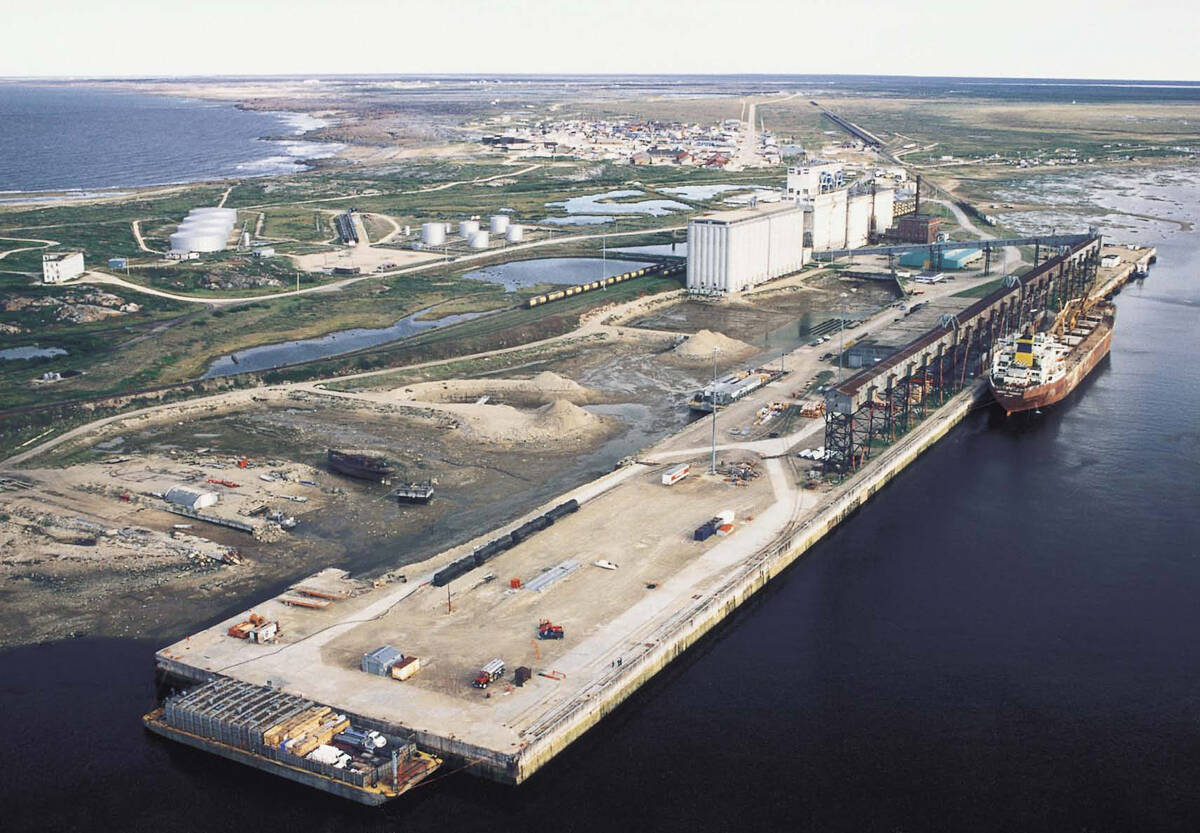The Big Data revolution for farmers has just begun, say leading providers.
And rather than slowing down, the transformation of precision agronomy and management is speeding up.
“It’s going to change everything,” Wade Barnes, co-founder of Farmers Edge, said in an interview after a panel discussion at Manitoba Ag Days Jan. 18.
“We think we’re pretty good, but in 10 years we’ll be way better, and 10 years after that we’ll be way better again.”
A big part of the acceleration in Big Data development is the evolution of “machine learning,” in which digital systems don’t just mindlessly force data through formulae and algorithms but actually learn and adapt from experience with the blizzard of numbers they oversee.
Read Also

Defence investments could benefit agriculture
A bump in Canada’s NATO spending commitments could lead to infrastructure investments that would benefit rural areas
“The machine learning adapts,” said Barnes, whose company was founded in Pilot Mound, Man., but now operates in five countries on four continents.
“Data will help,” Mitch Rezansoff of Enns Brothers said during the panel discussion, noting that data analysis can help farmers make multiple one to two percent gains in operations and management across the farm, which is where farmers will continually benefit.
Brenda Tjaden, founder of FarmLink, said Big Data in marketing means being able to reach far beyond local buyers and processors of grain and connect with the global market.
“There’s a whole world out there that wants to buy this grain,” said Tjaden.
However, to make those connections to create new markets, farmers need to get over their anxiety about sharing their data with buyers. Farmers fret that this will give undue power to buyers, but Tjaden said more buyers will be available to growers who reveal what they have because it might be what the buyer needs.
That will lead to faster, cleaner sales.
“I think that sharing information as quickly and effectively as possible, that is essentially the work of marketing grain,” said Tjaden.
“The quicker you can move it, the more you can share it, the bigger the market gets.”
Barnes said Big Data will also be revolutionary for agronomists.
“Today, a really good agronomist can scout 20,000 acres,” he said.
“With this enhanced digital ag, a good agronomist is going to be able to handle 100,000 acres.”
Instead of using agronomists to do basic scouting and initial assessments, data models will provide that assessment and the agronomist will be used to verify, check and interpret.
That will be important for farmers, Barnes said, because agronomists are in short supply.
Farmers will also be able to do their own assessments without having to spend hours in the truck and walking into crop edges.
“Everybody’s having problems with farm labour,” Barnes said.
“Farms are getting bigger, management (is getting more challenging), so if you can manage your farm as well being away from the farm as being on the farm, that’s a big deal.”
The early development of Big Data farming wasn’t always the resounding success early adopters hoped for, including Barnes. After trying early systems, they often drew back for a while.
“As an agronomist you often didn’t trust them,” said Barnes.
“My people didn’t believe in it anymore.”
That often wasn’t because of bad data models but because of very poor data inputs. Sometimes weather information was coming from weather stations dozens of kilometres away from a farm.
However, a huge infrastructure of data generation, from weather stations to combine monitors, has now been developed, and the models provide the information a farmer needs.
“We realized that if you could feed the right data into the model, the model worked,” said Barnes.















